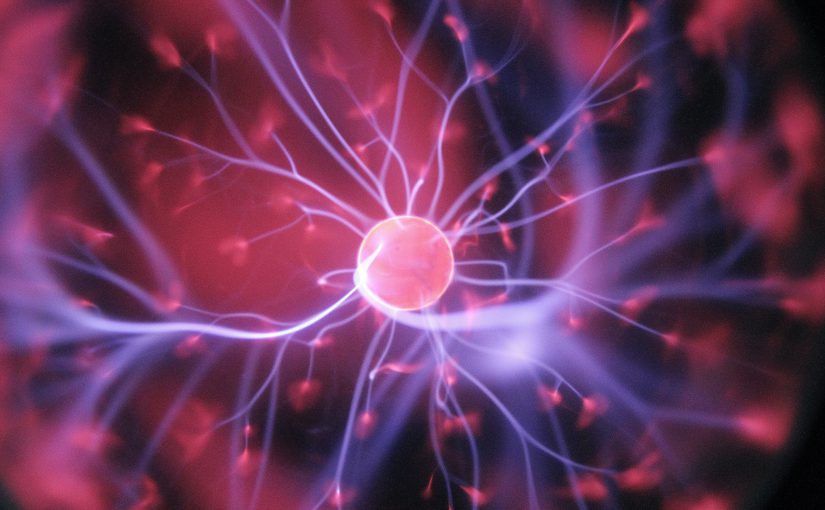Safety Issues in The Application of Zirconium Alloys
In the past few decades, zirconium alloy cladding has been successfully applied to light water reactors (LWR), and has shown good radiation resistance and corrosion resistance. However, a major problem in the application of zirconium alloys in stacks is that they react violently with water vapor at high temperatures, and when the temperature is greater than 1200 °C, a large amount of hydrogen and heat will be released. After the Fukushima nuclear power accident in Japan, the safety of nuclear power has once again been placed in front of all nuclear workers. How to further improve the safety and reliability of light water reactor nuclear fuel elements under accident conditions has become an urgent problem to be solved. Research and development directions include accident-resistant fuel cores and accident-resistant cladding materials.

Cladding Material for Zirconium
The accident-resistant cladding material has good thermodynamic properties, which can improve the reaction kinetics of zirconium and water vapor and reduce the hydrogen release rate. The development of this material is mainly reflected in two aspects: one is to improve the high-temperature oxidation resistance and strength of the zirconium alloy cladding; the other is to develop non-zirconium alloys with high strength and oxidation resistance. This paper discusses the research on the surface coating of zirconium alloy cladding for the former.
The main advantage of the application of coated zirconium cladding is economical. The technical challenge it faces is to meet various performance requirements of the fuel cladding and components without changing the size of the fuel cladding. During long-term operation, the coating should have certain stability under corrosion, creep, and abrasion conditions.
Research Status of Zirconium Alloy Cladding Surface Coating
The anti-oxidation coating technology on the surface of zirconium alloy is the main method to improve the anti-oxidation ability of the surface of zirconium cladding. The outer surface of the zirconium alloy is coated with a layer of material to enhance the wear resistance and high-temperature oxidation resistance of the cladding, thereby improving the accident resistance of the zirconium cladding under normal working conditions and accident conditions. At present, some preliminary screening results have been obtained in international research on the surface coating of zirconium alloy cladding, and the coating materials mainly involve MAX phase and metal Cr.
MAX-phase coating
A series of studies have shown that:
- The essence of the MAX phase coating is the dressing effect, and the key to the problem is to solve the diffusion of oxygen atoms to the zirconium substrate.
- No matter whether in a fast neutron reactor or thermal neutron reactor, under the three activation time conditions, the activity of MAX phase material is similar to that of SiC, but three orders of magnitude lower than that of 617 alloys.
- The thickness of the MAX phase coating should be controlled at 10~30 μm to limit the loss of neutrons.
- Ti3SiC2 shows better prospects than Ti2AlC as a candidate material for MAX-phase coatings for high-temperature nuclear energy applications.
- At room temperature, the radiation resistance of Ti3AlC2 is better than that of Ti3SiC2, and the radiation stability of the two MAX phase materials at 600 ℃ is better than that at room temperature.
Metal Cr Coating
A series of studies have shown that:
- The high-temperature oxidation resistance of the coated zirconium alloy is obviously better than that of the Zr-4 substrate.
- The high-temperature oxidation resistance of the coated zirconium alloy is significantly stronger than that of the zirconium alloy substrate, and the Cr-coated zirconium cladding has better ductility.
- The metal Cr coating has good high-temperature oxidation resistance and can be used as a candidate coating material for accident-resistant zirconium alloy cladding.
For more information about zirconium materials, please visit https://www.samaterials.com/70-zirconium.html.
If you are interested in coating materials, you can find more information at https://www.sputtertargets.net/.
